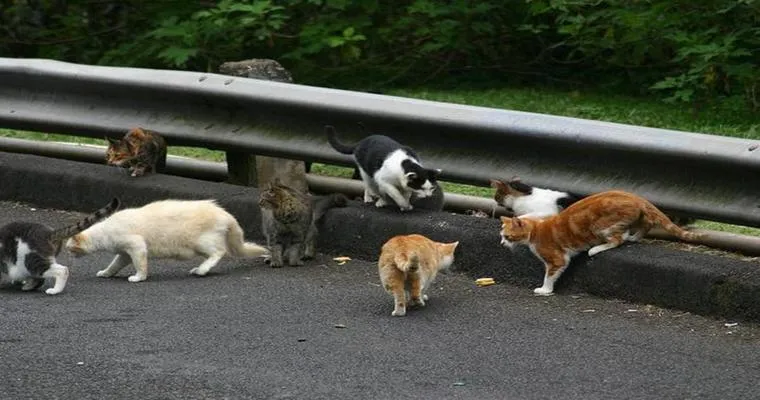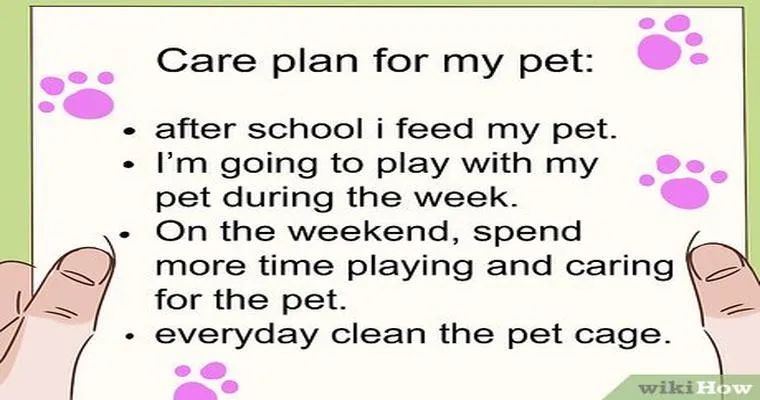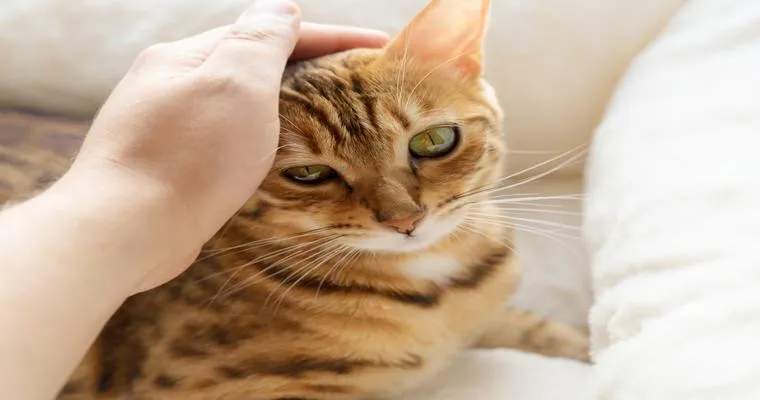Feral cats are a "controversial topic" that often sparks heated debates among animal lovers, environmentalists, and the general public. Over the years, I have received many "awful comments" regarding my attitude toward these "wild felines". While I understand the passion surrounding the issue, the negative feedback has made me reflect on the broader implications of our relationship with feral cats and the importance of responsible "animal management".
Many people view feral cats as a nuisance, citing their impact on local wildlife. Critics argue that these cats are responsible for the decline of various "bird species" and other small animals. This perspective often leads to harsh comments directed at those who advocate for a more humane approach to managing feral populations. I have been labeled indifferent or even harmful for my belief in "trap-neuter-return (TNR)" programs, which aim to control feral cat populations while ensuring their welfare.
In contrast, I believe that feral cats deserve compassion and humane treatment. It is essential to recognize that these animals are often the result of "human negligence"—abandoned pets or unspayed strays that have formed colonies. By providing a solution that prioritizes their welfare, we can help mitigate the negative impact they have on the environment while also addressing the ethical concerns tied to their existence.
Another point of contention is the idea that feral cats can coexist with wildlife. While I acknowledge that there are valid concerns about predation, studies have shown that responsible management, including "feeding stations" and TNR, can create a balance that allows for both feral cats and local wildlife to thrive. This holistic approach fosters a healthier ecosystem and encourages community involvement in animal welfare.
The comments I have received often reflect a lack of understanding about the complexities of feral cat populations. It is crucial to engage in "open dialogue" rather than resorting to personal attacks. By discussing the implications of our choices and the potential for coexistence, we can work towards solutions that benefit both feral cats and the environment.
In conclusion, while I have faced many "awful comments" regarding my position on feral cats, I remain committed to advocating for humane treatment and responsible management. By promoting understanding and compassion, we can enhance our approach to feral cat populations, creating a better future for all species involved. This journey of advocacy is not without its challenges, but it is a necessary endeavor that can lead to positive change in our communities.





